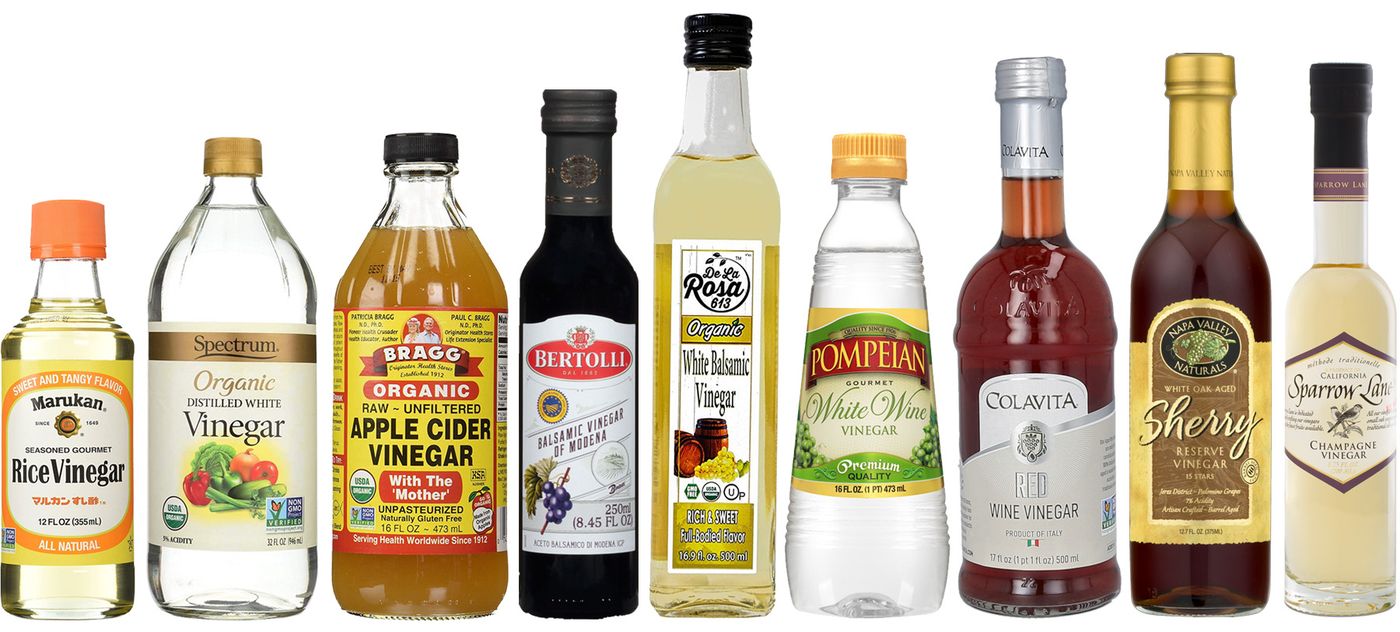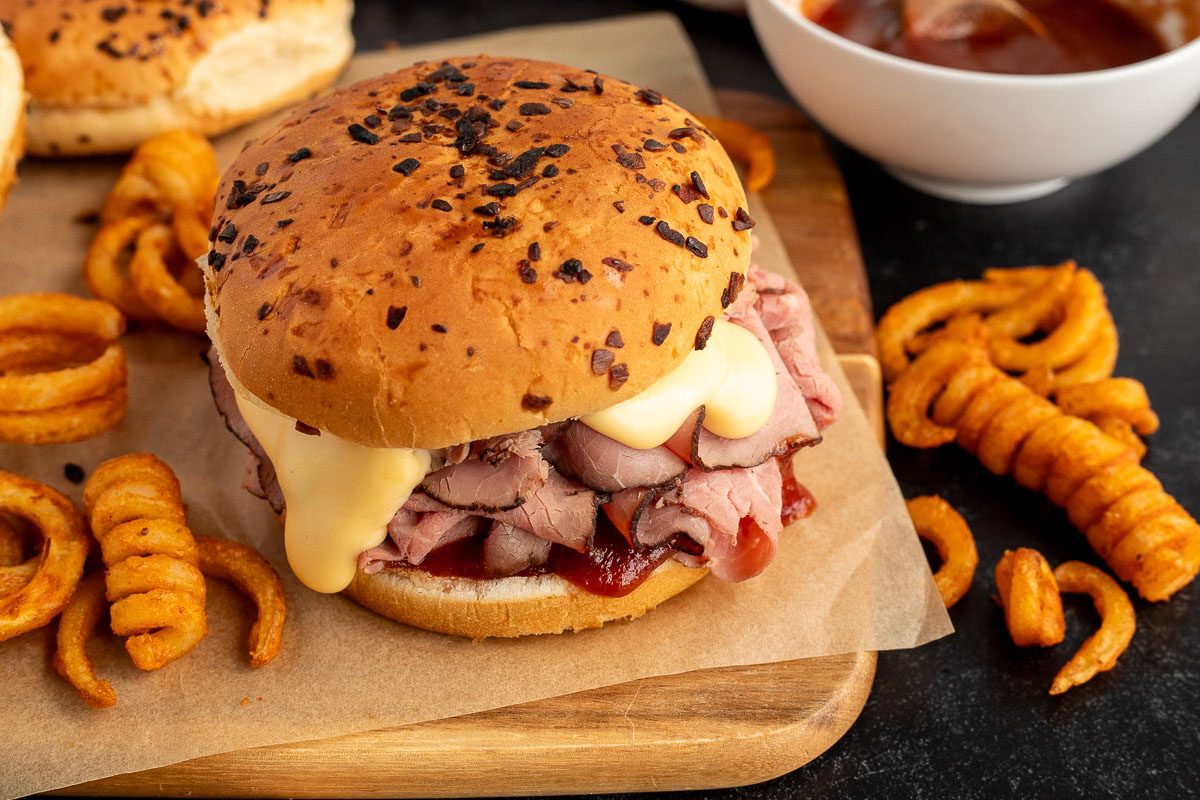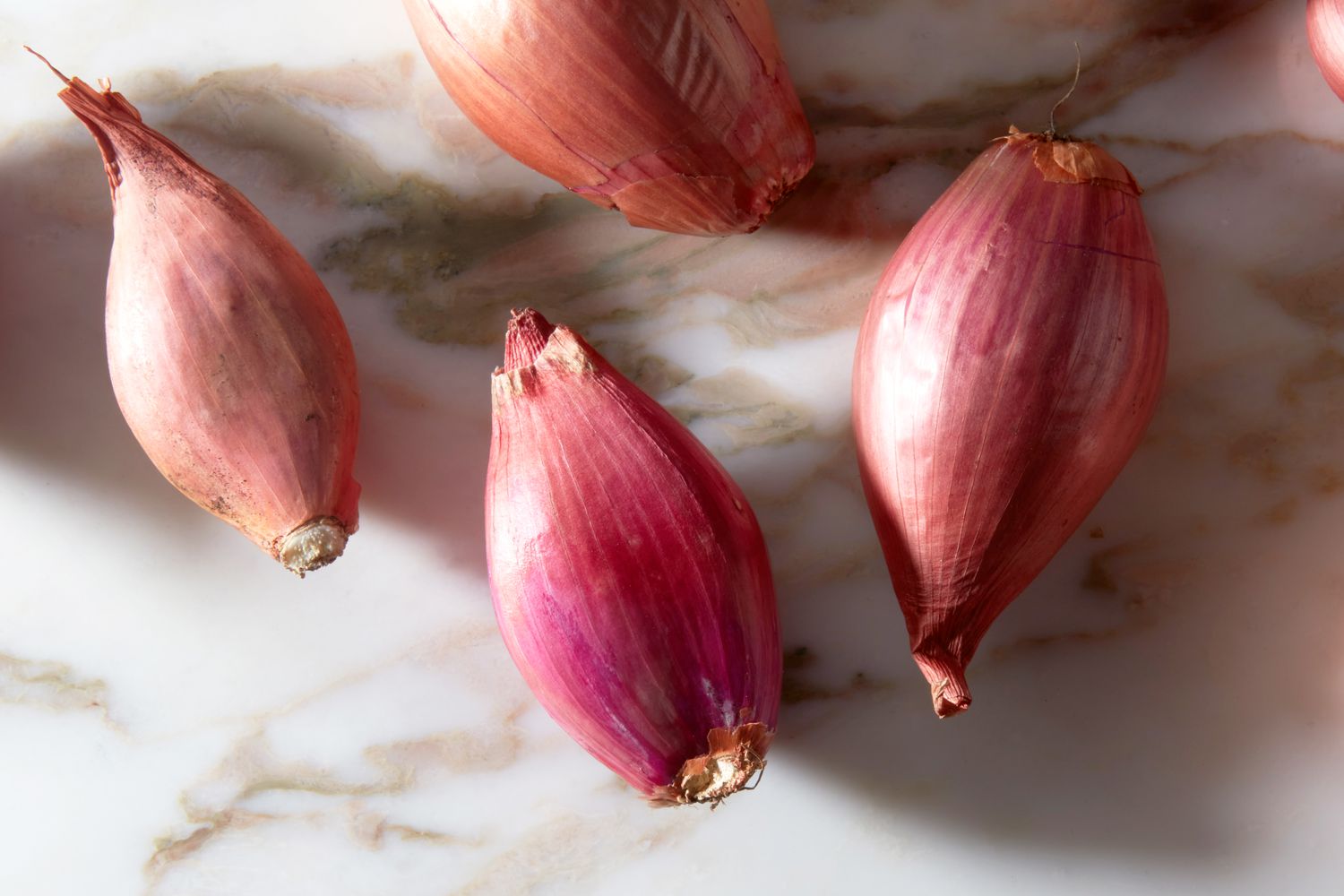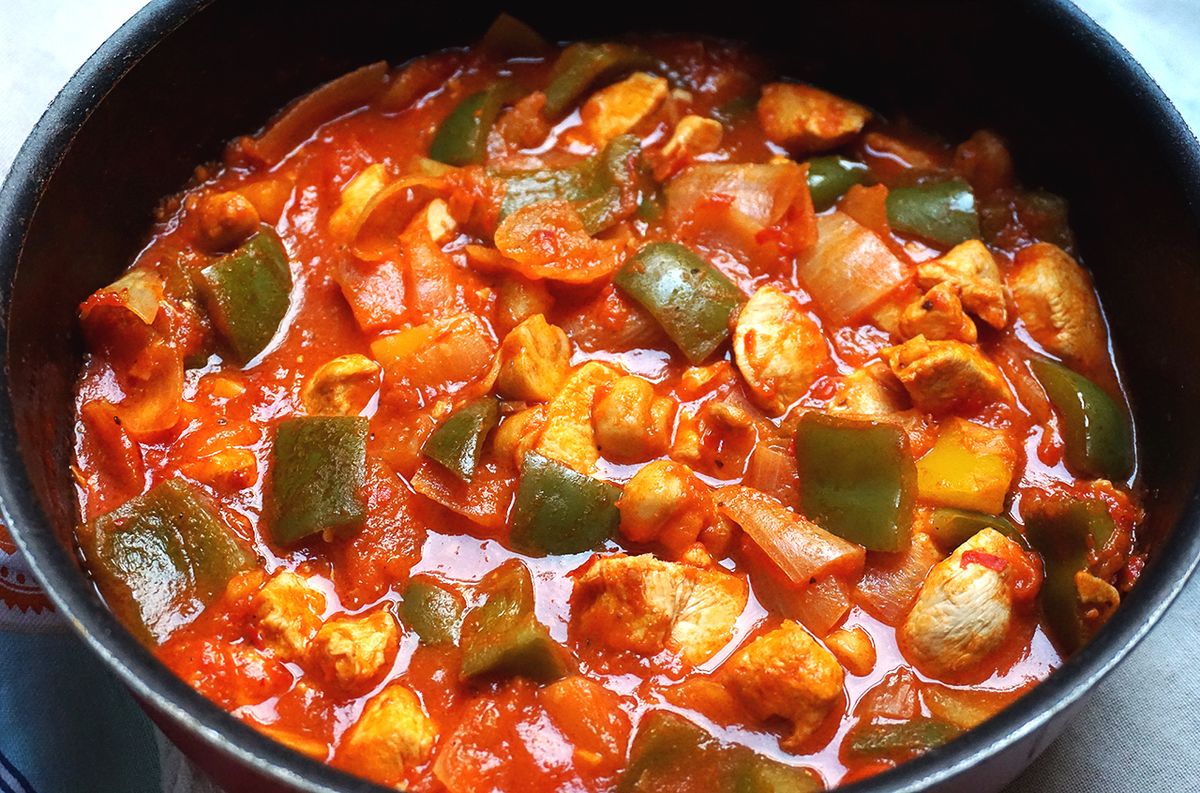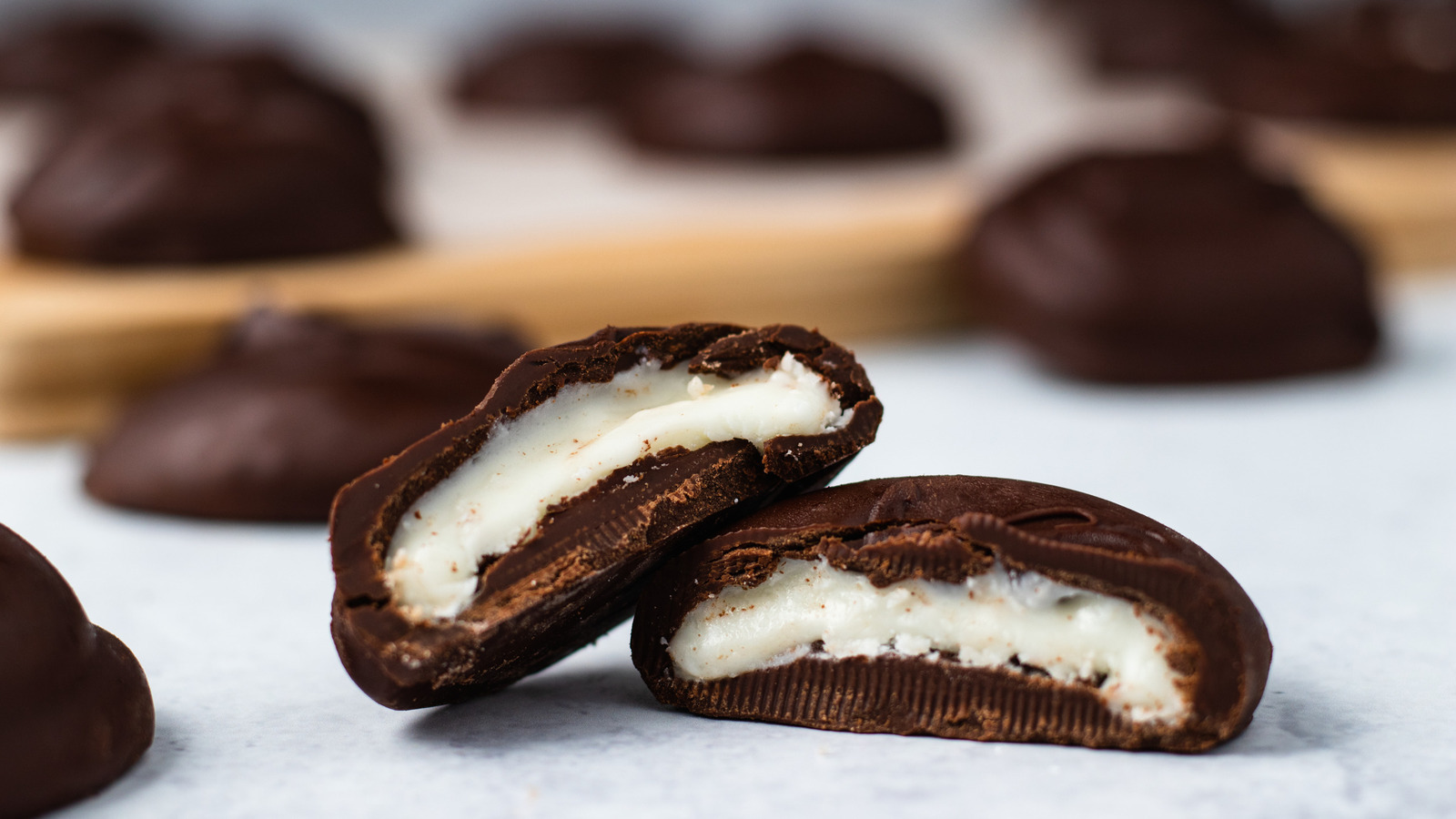Sorbet and ice cream are both frozen desserts, but the differences between them are substantial in terms of ingredients, texture, and flavor. Sorbet is dairy-free and often fruit-based, while ice cream is creamy and indulgent due to its dairy content. Here’s a detailed look at what sets them apart and why both have their place in the dessert world.
1. Ingredients: A Fundamental Difference
The primary difference between sorbet and ice cream lies in their ingredients. Sorbet is made from a combination of fruit puree, water, and sugar. This simplicity highlights the natural flavor of the fruit. It is dairy-free, which makes it a perfect option for those who are lactose intolerant or following a vegan diet.
Ice cream, on the other hand, contains milk, cream, and sugar, often with the addition of egg yolks. This blend creates a richer, creamier texture due to the higher fat content. Many ice cream recipes also include stabilizers and emulsifiers to maintain texture and consistency. These additives prevent ice crystals from forming and give the ice cream its smooth, creamy mouthfeel.
2. Texture: Smooth vs. Creamy
When it comes to texture, sorbet and ice cream are distinct. Sorbet is smooth but can have a slightly grainy texture due to the absence of fat. Churning helps incorporate air into the sorbet mixture, keeping it light and preventing large ice crystals from forming. However, the lack of dairy and fat means that sorbet’s texture can vary depending on the amount of sugar and water used. In some cases, it can even be slightly coarse, but it remains refreshing.
Ice cream, with its high-fat content, is velvety and rich. The creamy texture is a result of the fat from the cream and milk, as well as the air whipped into it during churning. The addition of emulsifiers and stabilizers ensures a smooth consistency throughout the freezing process. Some ice cream recipes use eggs, which also contribute to its dense, custard-like texture, though eggless versions are common.
3. Flavor Range: Beyond Just Fruit
Sorbet is often associated with fruity flavors like lemon, raspberry, and mango. However, sorbets are versatile and can include a wide range of flavors beyond fruit. Herbs, spices, and even savory ingredients can be used to create unique sorbet varieties. Basil, lavender, and even chili-infused sorbets can offer unexpected and delightful combinations.
Ice cream, meanwhile, offers an even wider spectrum of flavors. It is often mixed with chocolate chips, cookies, caramel, or nuts. The creamy base of ice cream can handle heavier, richer ingredients that might not work as well in sorbet. Whether it’s traditional vanilla or experimental flavors like salted caramel, ice cream’s flexibility in flavoring is vast.
4. Dietary Considerations: Sorbet for Everyone
Sorbet’s dairy-free composition makes it a favorite for people who are lactose intolerant or following a vegan diet. Its lack of fat also means it is generally lower in calories compared to ice cream, though the sugar content can still be quite high.
Ice cream, with its dairy content, contains fat and calories in higher amounts. However, many non-dairy ice cream options are now available to cater to lactose intolerant or vegan consumers. These alternatives use ingredients like coconut milk, almond milk, or soy milk as substitutes for dairy, offering similar creamy textures without compromising dietary restrictions.
5. Can They Be Used Interchangeably?
In some recipes, sorbet and ice cream can be used interchangeably, but this can affect the final texture and flavor of the dish. For example, sorbet can be used as a lighter alternative in parfaits or layered desserts, but it won’t provide the same richness or creaminess that ice cream would.
If you’re looking for a refreshing, light option, sorbet might work well. However, if the recipe relies on a creamy texture, like in a milkshake or a sundae, ice cream is the better choice. The dairy and fat content in ice cream plays a key role in providing that indulgent texture, which sorbet cannot replicate.
6. The Role of Stabilizers and Emulsifiers in Ice Cream
The creaminess of ice cream doesn’t just come from its fat content; stabilizers and emulsifiers play an essential role in creating a smooth product. Stabilizers prevent the formation of ice crystals, ensuring that ice cream remains soft even after it’s been stored in the freezer. Emulsifiers, like lecithin found in egg yolks, help mix fat and water, resulting in a uniform texture.
While traditional ice cream may or may not include eggs, many recipes incorporate them as a natural emulsifier. Egg yolks, in particular, help create a custard-like base, giving the ice cream a richer texture and flavor. Non-dairy or vegan ice creams may rely on plant-based emulsifiers to achieve a similar result.
7. Sorbet: Simple, but Flavorful
One of the great things about sorbet is how its simplicity allows for creative experimentation. Sorbet can include additional flavorings like citrus zest, herbs, or even alcohol, which not only enhances the flavor but also alters the texture. Alcohol, for instance, lowers the freezing point of the sorbet, making it softer and smoother.
Though it has a smooth texture, sorbet can sometimes be slightly grainy, depending on the sugar concentration and how it’s made. This graininess is more noticeable when larger ice crystals form, though careful churning minimizes this issue. The light, refreshing nature of sorbet makes it ideal for cleansing the palate between courses or as a refreshing dessert on a hot day.
8. Ice Cream’s Indulgent Creaminess
Ice cream’s creamy texture is a direct result of the high-fat content in cream and milk, as well as the air that gets whipped into the mixture during the churning process. The combination of fat, sugar, and air gives ice cream its characteristic smoothness, which is further enhanced by emulsifiers like eggs and stabilizers.
Non-dairy ice creams are growing in popularity as more people seek vegan or lactose-free options. These alternatives still aim to provide the same rich texture, using ingredients like coconut milk or cashew milk to mimic the creaminess of traditional ice cream. While they may differ slightly in flavor and texture, these non-dairy versions are satisfying substitutes for many.
9. Conclusion: Choosing the Right Dessert
Both sorbet and ice cream have their merits, and choosing between them depends on personal preference and dietary needs. Sorbet, with its light and refreshing taste, is perfect for hot days or as a palate cleanser. Its dairy-free and vegan-friendly nature makes it accessible to a wide audience. Meanwhile, ice cream offers a richer, more indulgent experience, with a creamy texture and endless flavor combinations.
While sorbet and ice cream can sometimes be used interchangeably in recipes, the choice between them often comes down to texture and richness. Sorbet’s fruity flavors and icy texture provide a contrast to the creamy, smooth experience of ice cream. Both are delicious in their own right, making them staples in the world of frozen desserts.
Was this page helpful?
Read Next: What Is Rum And Kahlua?
Abby Marcelino
Abby is a writer, editor, and a fan of ASMR mukbang and cooking videos. Her family has been in the food industry for years and she has been working for their business as a part-time quality assurance officer and content creator. She is addicted to all things dairy and carbs, most especially cheese and bread.
